Throne of Eldraine has brought us two new cycles of utility lands, so there has been plenty of discussion of their place in Commander. They join a long list of lands that players know and love, and time will show how they leave an impact. Today, we’re going to get into the concept of utility lands in Commander. To define them, a utility land is a land which offers an ability outside of mana generation.
There are tons of utility lands out there, but for the sake of brevity, we’ll go into the major archetypes and how they shape the format. Sorry, Seafarer’s Quay.
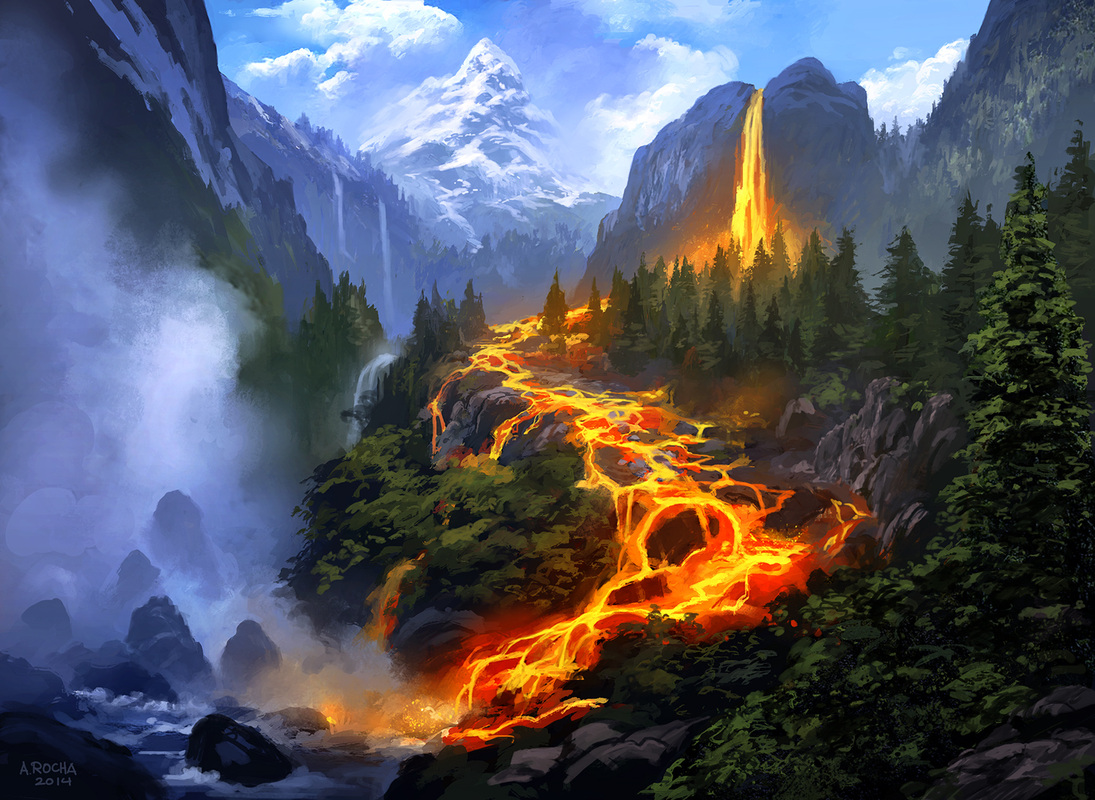
Fetch Lands
The most commonly-used utility land in Commander is the fetch land. Every multicolor deck plays them, and we see them in all multicolor Commander products. They’re a free way to find our correct colors, without having to dedicate more nonland cards than what’s necessary.
Original Onslaught and Zendikar fetches, like Scalding Tarn, are the most powerful, since they can grab any dual land that shares at least one of its types. For instance, a single Scalding Tarn can grab both Breeding Pool and Blood Crypt. However, they’re expensive to pick up. Wizards of the Coast has a spotted history with reprinting these to satisfy player demand, since they’re heavily played in all formats that they’re legal in. While they continue to get more and more cost-prohibitive, there are plenty of other solid budget options to choose from.
These generic fetch lands usually search for basic lands, but that doesn’t stop them from seeing widespread play. Ash Barrens, Evolving Wilds, and Myriad Landscape are three that come to mind right off the bat. There are slower color-specific fetches from Mirage, such as Rocky Tar Pit, that do a decent impression of their faster cousins, at a fraction of the price.
How many fetches you choose to run in your deck will vary based on your needs, as well as your budget, but the majority of the generic ones are easy to acquire for most players. They can be used to enable Landfall strategies, or to add a shuffle effect when paired with Brainstorm.
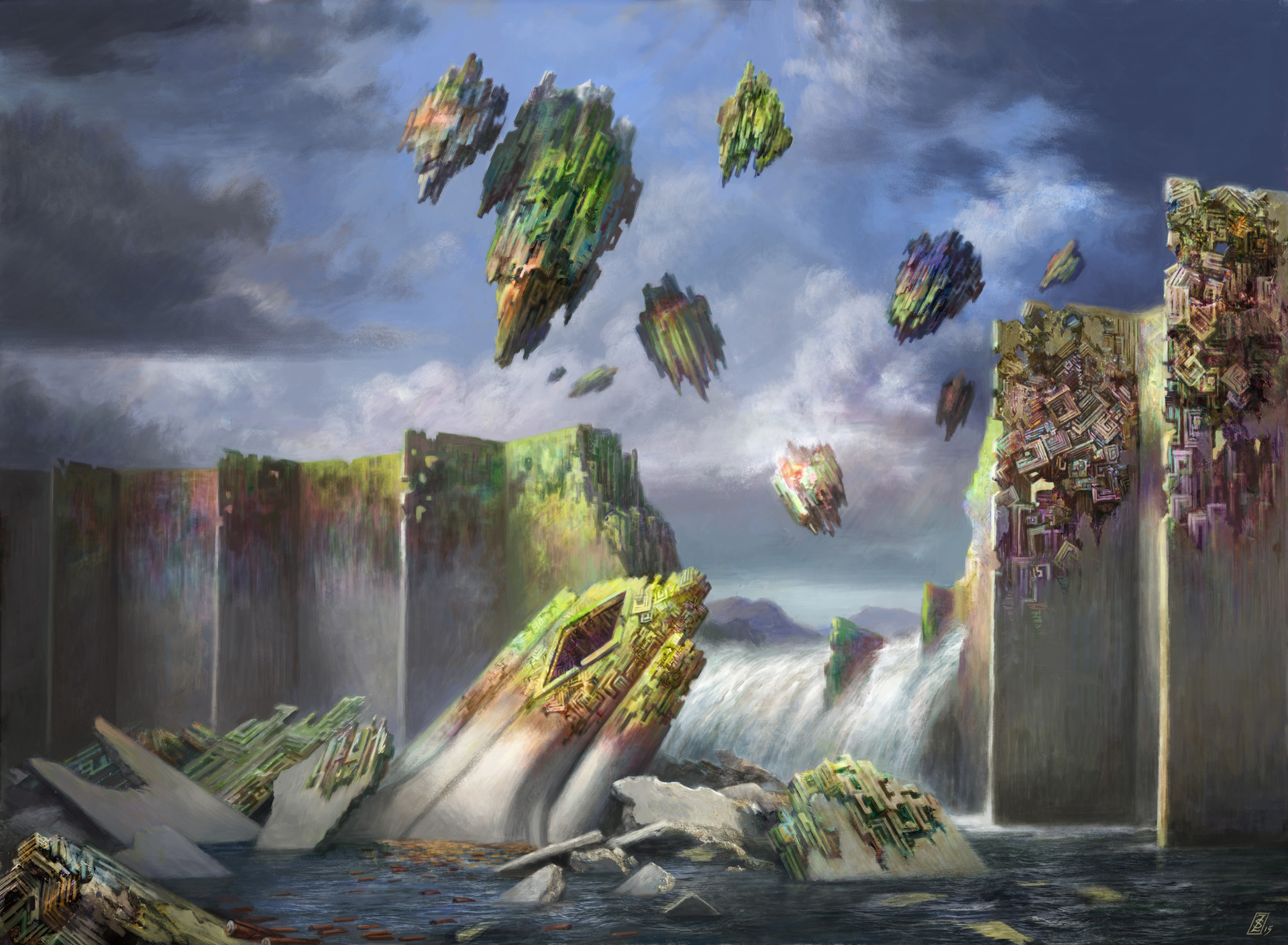
Repeatable Card Draw
For land-based card draw, there are specific hoops to jump through. Modern Horizons brought us Horizon Canopy in five more color pairs, but those are a one-shot deal if you don’t have a Crucible of Worlds effect online. For the sake of discussion, we’ll address the ones that can let you see multiple cards without much drawback.
Arch of Orazca is like Jaymedae Tome on a land; but in order to get a better rate, we end up seeing some compromises. Mikokoro, Center of the Sea costs three less to activate, at the expense of making the card draw symmetrical. Sea Gate Wreckage needs you to be empty-handed, while also having access to colorless mana. Throne of the High City makes you the monarch for a price, but can leave you exposed if not played tactically. In spite of these restrictions, though, these types of lands see plenty of play across the format. You’d be hard-pressed to find an Izzet player without Desolate Lighthouse, or a Golgari Aristocrats player without Grim Backwoods. All in all, if your colors are normally light on card draw options, it makes sense to squeeze one of these lands into your mana base.
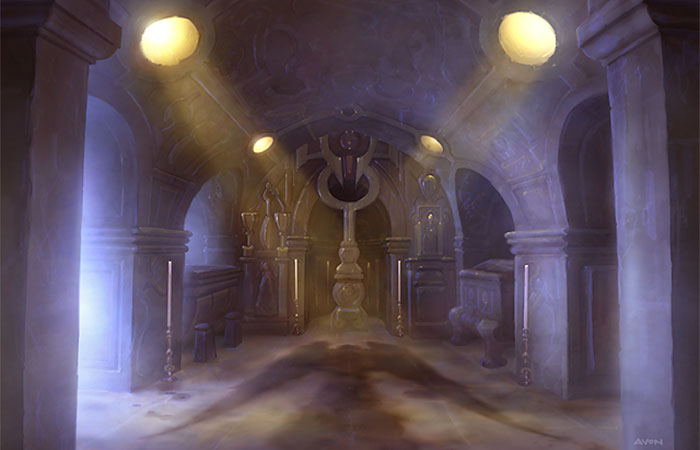
Combat Enablers
For decks that aim to attack with creatures, lands like Kessig Wolf Run, Gavony Township, and Vault of the Archangel are commonly played. They can provide some instant speed value for your creatures, as well as deliver the winning blow at the right moment. But as a bit of tactical advice, it helps to treat these lands like spells. What I mean by that, is that if you have a chance to play a different land before these would be needed, then do so. By withholding that information, you can keep yourself from being targeted until it’s time to strike.
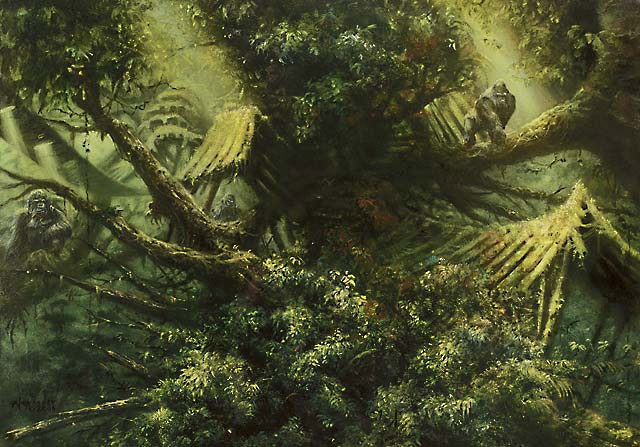
Creature Lands
Creature lands are ones that can animate into a creature, like Celestial Colonnade or Treetop Village. While they usually come into play tapped, they can provide some late-game value when you’re running out of cards in hand. This mainly benefits creature-combat decks, but can also help out other strategies in a pinch. For instance, Mutavault can animate itself without any help, and thus be sacrificed to Birthing Pod to grab a one-drop creature.
Because creature lands are placed alongside all of the others, this can sometimes lead to confusion when there are tons of cards on the table. This is especially relevant when you think a player might not have any blockers left. As a general Commander tip, I recommend keeping them visible, so that no one can use it as an excuse for making that mistake. It’s not your responsibility to verbally remind your opponents, but it’s common courtesy to not actively hide them among others. This will help prevent a dispute from happening, and keep the game running smoothly.
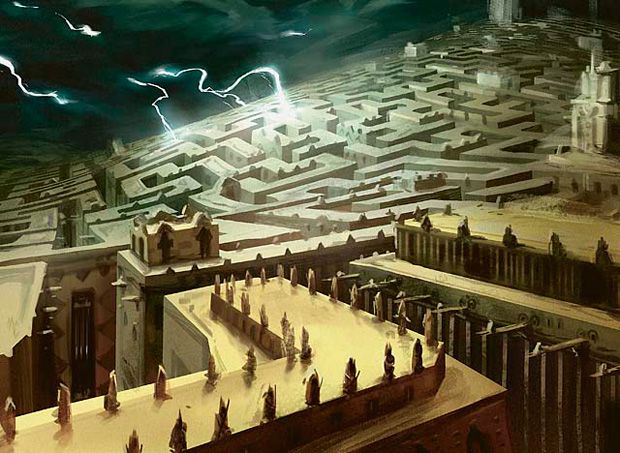
Non-Mana Lands
One of the most unique types of utility lands are the ones that don’t produce mana. They offer either a static effect, or a repeatable ability.
What’s worth pointing out is that these occupy a sort of grey space between permanent types. Though they have “land” in the supertype, since they don’t tap for mana, they end up behaving more like enchantments or artifacts. For that reason, they shouldn’t take up a land slot when building your deck. If you want to run something like Glacial Chasm in a deck with 38 lands, then don’t catch yourself cutting one of your basics for it. While you can still work around this restriction with Urborg, Tomb of Yawgmoth, that’s a corner case that shouldn’t influence your overall decision.
Non-mana lands also have certain strategy considerations. For instance, Maze of Ith is a popular tool to defend against big creatures, as well as offering combo potential with Krosan Restorer. However, it doesn’t always fit in all decks because of its specific uses. Creature-heavy decks often have plenty of blockers, so it probably wouldn’t fit in something like Trostani, Selesnya’s Voice. On that same note, Arena wouldn’t be great in a deck that is heavy on noncreature spells, but it would provide consistent removal in Rhonas, the Indomitable.
It’s worth noting that not all decks need to run a non-mana land like these, but they can provide exceptional value in the right shell. By playtesting your deck, you’ll get a better take on whether or not they fit for you.
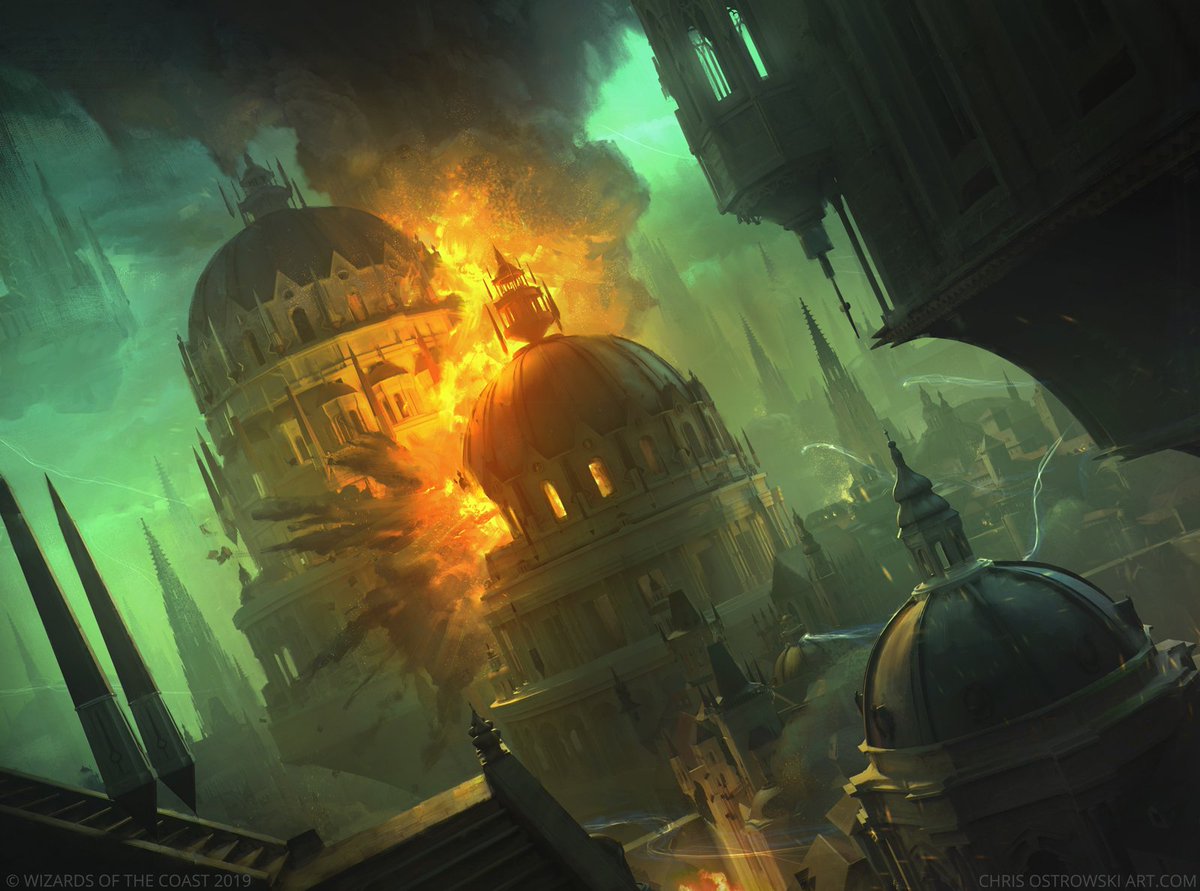
Recursion, Combo Enablers, and Other Oddities
This is where nearly all of the other utility lands fit in. Wizards of the Coast has given us a ton of interesting options over the years, so there are simply too many to fit in one subsection. However, let’s touch on some of the more frequent characters in Commander.
These kinds of lands can be used to either accentuate a feature of your deck, or supplement a weakness. Reliquary Tower is a favorite of card draw-heavy decks, whereas Terrain Generator helps ramp those that aren’t in green. Rogue’s Passage is always found in Voltron-style decks, but Detection Tower helps your opponents get around Hexproof. Buried Ruin and Volrath’s Stronghold can allow you to get things back from the graveyard, whereas Bojuka Bog and Scavenger Grounds can wipe those targets away. Alchemist’s Refuge and Emergence Zone can give your spells Flash, while Boseiju, Who Shelters All can act as spell protection.
After these, we have things like High Market as a sacrifice outlet, Blast Zone as a board wipe, and even Homeward Path to prevent permanent theft. We also have Thespian’s Stage, which could become any of these, even a Dark Depths.
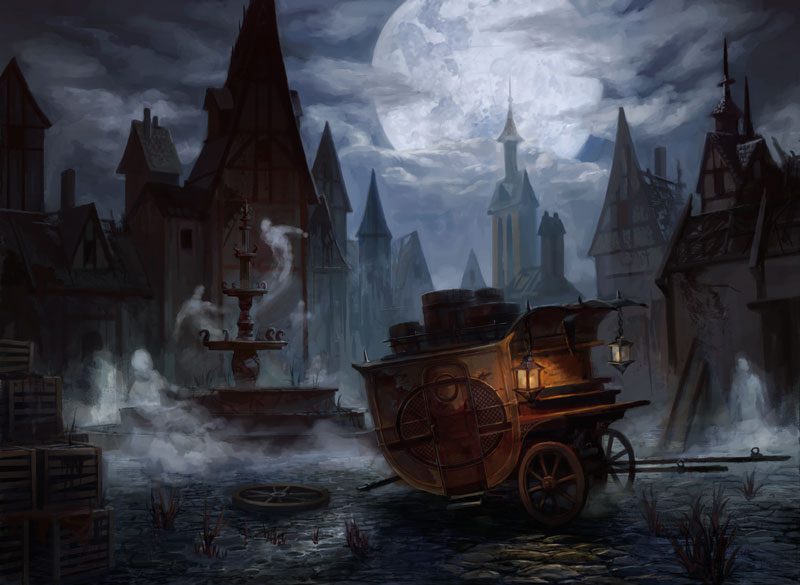
Land Destruction
A discussion on utility lands wouldn’t be complete without land destruction. While I could have brought these up earlier, it makes sense to set the stage for them now. The reason being is that these lands provide an answer to any problematic ones listed above.
The main five in Commander are Strip Mine, Wasteland, Ghost Quarter, Tectonic Edge, and Field of Ruin. While Dust Bowl, Encroaching Wastes, and Memorial to War also do this job, they cost a lot more resources to get up and running. While you don’t have to run all five, it helps to have at least one in every deck you build. After all, y̧ou never know when you’re going to be stonewalled by Glacial Chasm, or have to take out Cabal Coffers.
While Strip Mine and Wasteland are by far the best two, they can be expensive for budget-minded players. Personally, I prefer Ghost Quarter as a solid budget option in my decks. It doesn’t require mana to activate like Field of Ruin, nor does it need to jump through hoops like Tectonic Edge. Also, Field of Ruin actively helps the other two players at the table, and that ramping can turn into a liability.
How Many Is Too Many?
The amount of utility lands you run is up to you, and will vary based on your deck’s needs. Since they mostly produce colorless mana only, that will have to be weighed against how much your deck needs access to its colors. The more colors you have, the less colorless lands you can afford to run. There isn’t a hard and fast formula on how many is right, but I generally prefer running four to six in my decks, not counting fetchlands that grab colored sources. After that, they are trimmed based on how color-hungry my deck is.
As with anything, testing will give you your best results on what is right for you. Also, your playgroup will have insights into others that this article didn’t touch base on. Thanks for reading; now get out there and brew!
Travis is a Connecticut-based player and writer, who has been turning things sideways since Starter 1999. He primarily plays Commander, Pauper, and Modern, and has a passion for introducing new players to the game. When he isn’t attacking with red creatures, he can be found mountain biking or playing the guitar. You can follow his exploits here on Twitter and Instagram.

